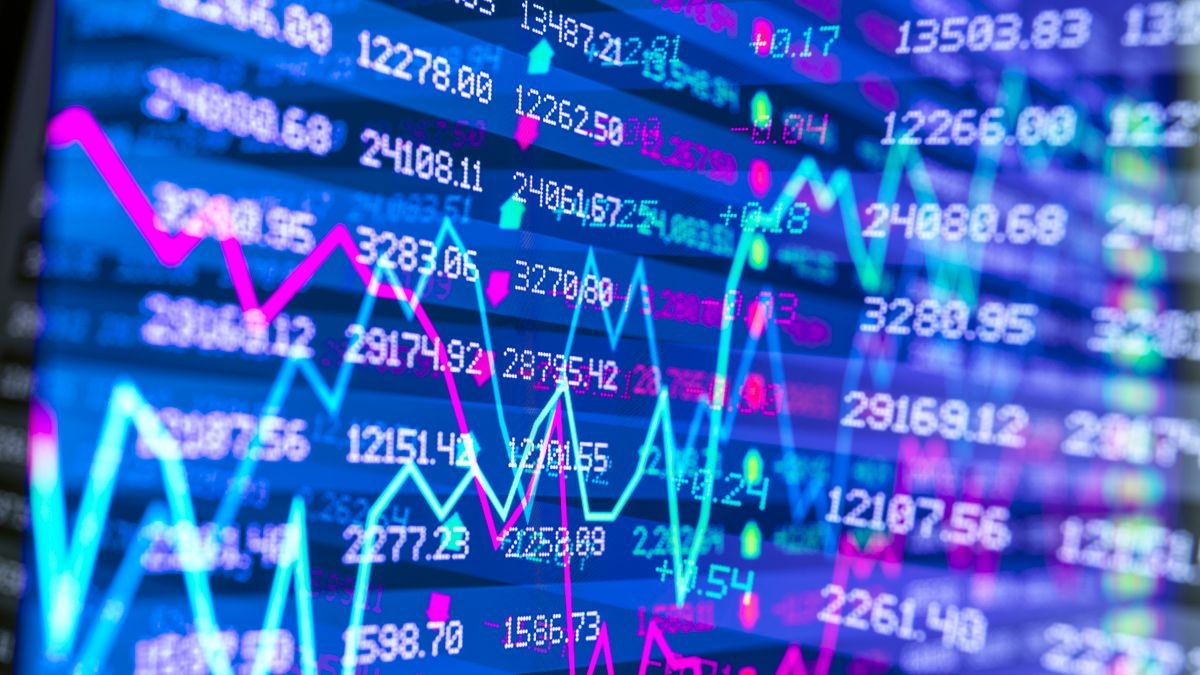First quarter of 2025: Shrinking certificate market with stable provider structure

The German Structured Securities Association (BSW) represents issuers of structured securities in Germany. Members include major banks such as DZ BANK, LBBW, DekaBank, Société Générale, and Deutsche Bank.
As of the end of March 2025, the market volume of BSW members amounted to 100.1 billion euros. This represents only a slight change compared to the previous quarter, but a decrease of around 10 percent compared to the same time last year.
Figure 1: Certificate market by market share
A clear distinction is evident in the product categories: The majority of the market volume is attributable to investment products, while the remaining share is attributable to leveraged products. The total market volume of investment products was EUR 96.6 billion (96.5 percent), and that of leveraged products was EUR 3.4 billion (3.5 percent).
No change of position among the leading providersThe top three issuers of structured securities by market volume remained unchanged in March 2025 compared to the previous quarter. DZ Bank leads the list with a 27.7 percent market share, followed by LBBW with 19.1 percent and Dekabank with 17.6 percent.
Graphic 2: Market volume by product class
Looking only at investment products, DZ Bank (28.6 percent) also leads, ahead of LBBW (19.8 percent) and Dekabank (18.2 percent). The top three issuers remained unchanged there as well.
Other issuers dominate leveraged products. The top three providers by market volume remain Société Générale (20.8 percent), Morgan Stanley (18.2 percent), and HSBC (14.5 percent).
Within the investment product categories, the most important products by market volume are fixed-interest and step-up bonds with 43.3 percent, followed by express certificates (28.5 percent) and capital protection certificates (6.6 percent). Bonus certificates recorded the strongest percentage growth among investment products (+11.4 percent), while express certificates showed the strongest absolute growth (+556 million euros).
Among leveraged products, knock-out warrants account for the largest share of the market volume at 47.6 percent, followed by warrants at 34.4 percent and factor warrants at 11.7 percent.
Figure 3: Market volume by risk class (SRI)
An important aspect is risk classification using the common Summary Risk Indicator (SRI). The SRI is a standardized indicator designed to help investors understand the overall risk of a financial product on a scale of 1 (lowest risk) to 7 (highest risk). It is based on market risk (MRM) and credit risk (CRM).
The calculation is carried out according to detailed legal requirements of the PRIIPs Regulation and the associated regulatory technical standards and is generally performed on each trading day. The risk class of a product may change, for example, in the event of significant changes in prices, underlying assets, or market volatility.
Risk indicator for leveraged products significantly higherThe volume-weighted average risk (SRI) across all structured securities of BSW members is 2.55. For investment products with 100% capital protection, the average SRI is a low 1.18, while investment products without capital protection have an average SRI of 3.83. Leveraged products have a significantly higher average risk, with an SRI of 6.91.
Over half of the market volume of structured securities, namely 50.7 percent, is invested in risk class 1 (lowest risk). 6.9 percent is allocated to risk class 2, 11.4 percent to risk class 3, 12.3 percent to risk class 4, 9.0 percent to risk class 5, 5.8 percent to risk class 6, and 3.9 percent to risk class 7 (highest risk). By comparison, euro money market funds typically fall into risk class 1. Shares of large European companies are largely found in risk classes 5 and 6, while broadly diversified equity ETFs are mostly located in risk classes 4 and 5.
Indices (31.3 percent) and equities (18.1 percent) dominate as underlyings for investment products with underlying assets. For leveraged products, equities are the most important underlying assets at 70.5 percent, followed by indices (16.6 percent) and commodities (8.6 percent). Fixed-rate and step-up bonds, as well as structured bonds, are statistically recorded as "bonds (without underlying asset)" and account for 47.8 percent of the market volume of investment products. Credit-linked bonds are listed as "bonds (with reference debtor)."
private-banking-magazin



